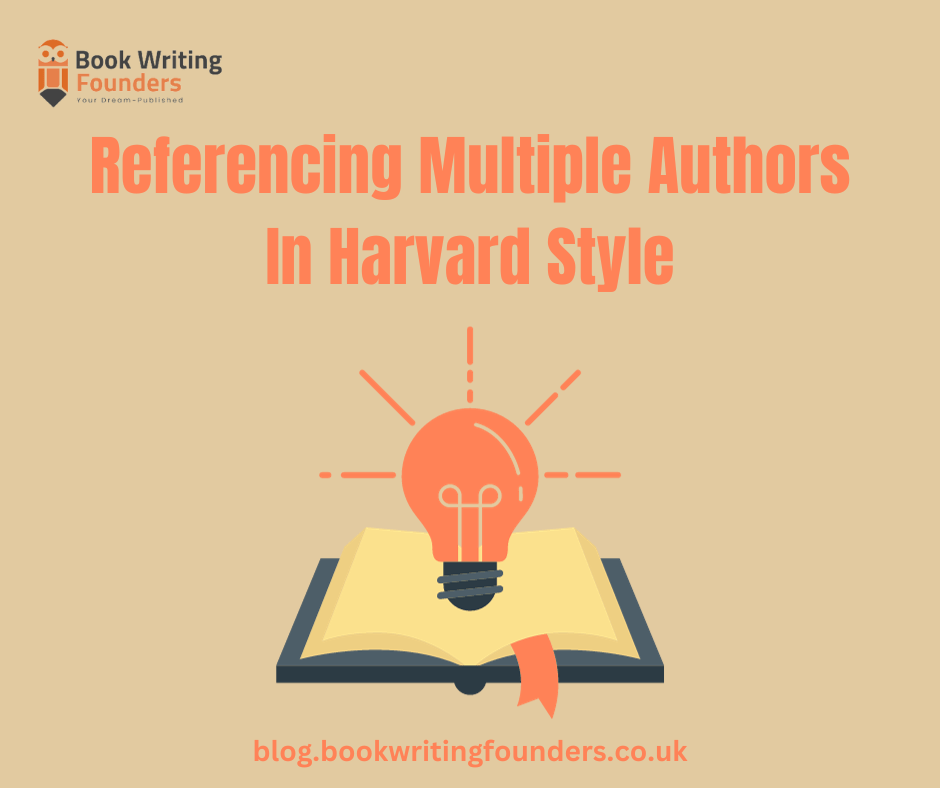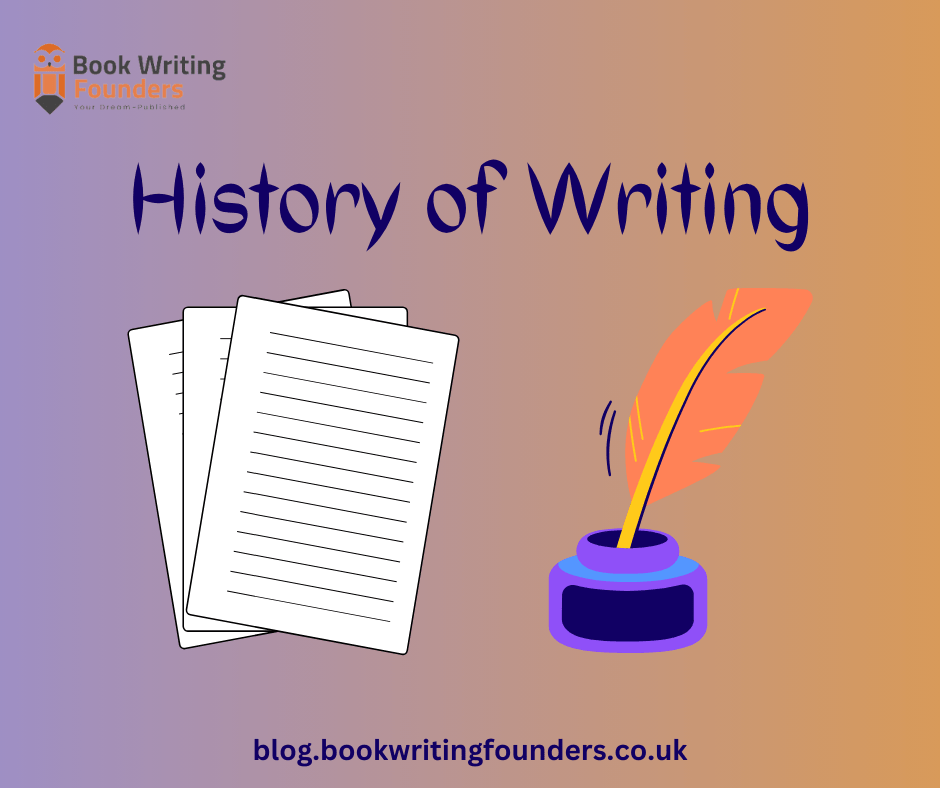
Writer
Introduction
Have you ever written a cool research paper, collected awesome ideas from different authors, and wondered how to give credit? Well, worry not because we will unravel the secrets of citing multiple authors in the Harvard style. In this article, the Book Writing Founders UK will explore the depths of referencing authors in Harvard style.
Understanding the Harvard Style
Before we start talking about how to reference authors in the Harvard style, we first need a basic understanding of the Harvard style.
So, Have you ever been on a cool adventure writing a research paper, collecting amazing ideas from different authors, and then wondered how to give them a shout-out?
Sometimes, even if you don’t want to, you need to give credit to people whose articles you went through to create your own research paper; there are many styles you can follow to format your paper. One of those style is the Harvard style too.
Harvard style is a way of writing and organizing information in papers or essays. Learn how to apply the Harvard style effectively in our article on how to say farewell to coworkers. It helps people show where they got their information from. In Harvard style, you write the author’s last name and the year you use their ideas. Then, at the end of your paper, you list all the sources you used.
This way, others can find the same sources to learn more. Harvard style makes writing clear and fair because it gives credit to the people who first wrote about the ideas you’re talking about.
Why Cite Multiple Authors?
Citing multiple authors in your writing is important because it shows that many people have contributed their ideas to the topic you’re discussing. Dive deeper into the importance of citing authors in our post about what does a medical writer do. It helps make your points stronger by including different viewpoints.
When you reference an author who agrees, it adds credibility to your argument. On the other hand, if authors have different opinions, citing them lets your readers see the variety of thoughts on the subject. You also respect their hard work and research by giving credit to multiple authors. So, referencing the author makes your writing more convincing and highlights the depth and diversity of knowledge surrounding your topic…
Citing When There Are One or Two Authors
Now and then, the citing journey is a piece of cake! If you’re dealing with one or two authors, it’s as simple as can be. Learn more about citing authors in various scenarios in our article on how to become a book editor. All you need to do is share their names, and the year they sprinkled their wisdom into the world. For instance, you might jot down something like (Smith, 2022) or (Smith and Johnson, 2020).
It’s like inviting these authors to the grand idea-sharing party of your paper. You’re giving them a front-row seat to the intellectual shindig you’ve put together. By mentioning their names and the year of their contribution, you show everyone who stopped by to lend their brilliance to your work.
Imagine your paper is like a garden; each author’s idea is a colorful bloom that adds to its beauty. By crediting them, you’re placing a little sign next to each bloom: “Thanks for making this garden so amazing!” It’s like nodding to the intellectual gardeners who helped your ideas blossom.
So, the next time you’re referencing an author and you come across the work of one or two authors, remember that it’s as easy as a friendly nod and a quick mention of their names and the year. It’s a simple way to acknowledge their role in shaping your paper and ensuring that credit is given where it’s rightfully deserved.
The Handy “Et Al.” Trick
Now, picture this: you’ve stumbled upon a research study created by a big group of authors, almost like a powerful squad of superheroes. Explore more about teamwork and collaboration in our post on how to hire children’s book publishers. But here’s the thing – you might not want to list all their names, right? No worries!
A clever trick called “et al.” comes to the rescue. After the first author’s name, just add “et al.”
For instance, you could write something like (Smith et al., 2018). It’s like saying “and friends,” but without having to remember many names!
Isn’t it like having a secret code for teamwork? You’re acknowledging the fantastic contributions of a group without having to list everyone’s names one by one.
So, the next time you’re exploring the world of citations and find the work of a dynamic duo or a whole squad of authors, you’ll know just how to give credit where it’s due!
Sorting Out Multiple Sources
Okay, you’re writing about some scientific breakthrough and got ideas from different researchers. When you’re citing these people, put their names in alphabetical order. Learn about effective organization techniques in our article on how to become a technical writer.
Citing Multiple Sources Published in the Same Year
In case, You found two sources by different authors, they were both published in 2021. Don’t panic! Just give them lowercase letters to tell them apart like this: (Smith, 2021a) and (Johnson, 2021b). Learn more about organizing your citations in our post on what is a bid writer.
When you’re digging deep into your research, you might encounter a situation where multiple authors released their brilliant work in the same year. It’s like discovering two hidden treasures in the same chest! But fear not; there’s a simple trick to keep things crystal clear.
Let’s say you’ve got a source by Smith and another by Johnson, both from 2021.
Instead of getting tangled up, you can easily distinguish them by adding lowercase letters after the year. So, it looks like this: (Smith, 2021a) and (Johnson, 2021b).
See how neat that is? You’ve just become the master of staying organized, and your paper will sparkle like a treasure trove of knowledge!
Quoting Directly? Use Page Numbers!
Imagine you found an epic quote you want to include in your paper. No worries, just add the page number after the year, like this: (Johnson, 2020, p. 25). Learn more about quoting and citations in our article on what is ghostwriting.
Conclusion:
Alright, young researchers, you’re now Harvard style heroes! Remember, when you use someone’s ideas, show some love by referencing an author. Citing multiple authors might seem like a maze, but you have this! Just follow the map, add a dash of your creativity, and voilà – your paper will shine brighter than a diamonds!
So, remember these Harvard-style tricks the next time you’re crafting a masterpiece of knowledge. Now cite those authors, and let your brilliance shine through!





